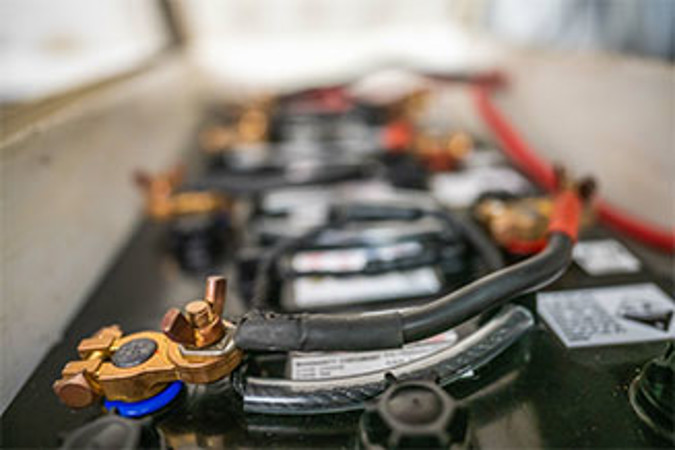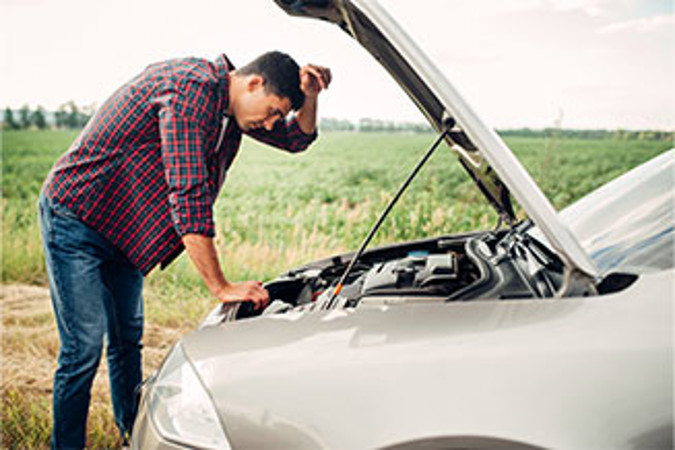The battery is the most vital piece of equipment in your vehicle. Your vehicle could be from a reputable manufacturer, be well maintained, have a full tank of fuel and fitted with brand new tyres - but if you've got a flat battery you won't be going anywhere.
The majority of automotive lead-acid batteries are now classed as being "maintenance free" but this doesn't mean there aren’t things you can do to help extend their service life. So if you're looking to extend the life of your battery here are a few easy things you can do at home.
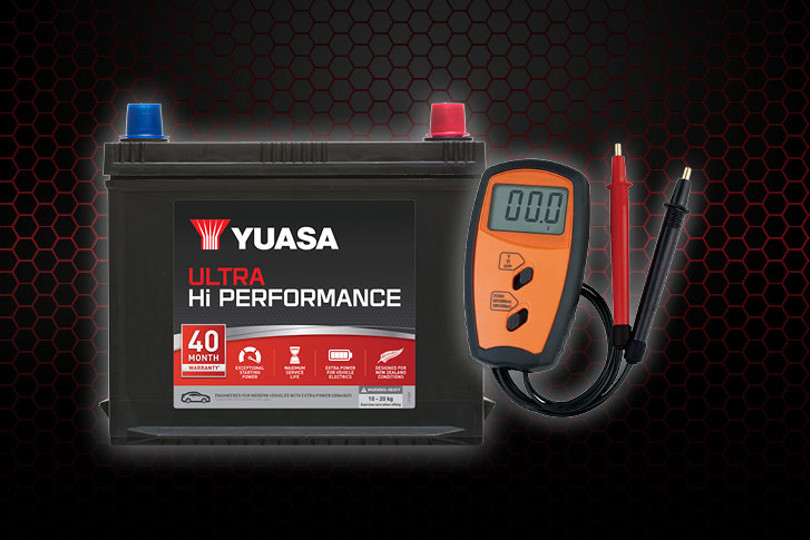
1. Check the voltage
The voltage which your battery is kept at plays a major role in determining the overall service life you'll get out of it. For example - a battery which is kept fully charged at all times will last much longer than one which has been undercharged or kept at a reduced voltage.
To check the voltage you'll need a voltmeter, which can be purchased cheaply from most major automotive parts stores. Check the voltage of your battery using the voltmeter to help determine your next course of action.
- 12.6V volts or above - Your battery is healthy and fully charged. No further action is required.
- 12.5 volts - Your battery is at a healthy state of charge, but we'd recommend re-checking it within a few days to ensure the voltage hasn't dropped any further.
- 12.1 - 12.4 volts - Your battery is partially discharged and should be recharged as soon as possible, using a suitable battery charger. The lifespan of your battery will be moderately affected if it remains within this voltage range for extended periods of time.
- 12.0 volts or below - At 12.0 volts your battery is considered to be fully discharged or 'flat' and should be recharged as soon as possible. The lifespan of your battery will be severely affected if it remains within this voltage range for extended periods of time.
NOTE: After a full recharge, we'd strongly recommend visiting your local Battery Zone store to get a free battery check. This check will help determine whether a fault exists with the battery, or with your vehicle's charging system.
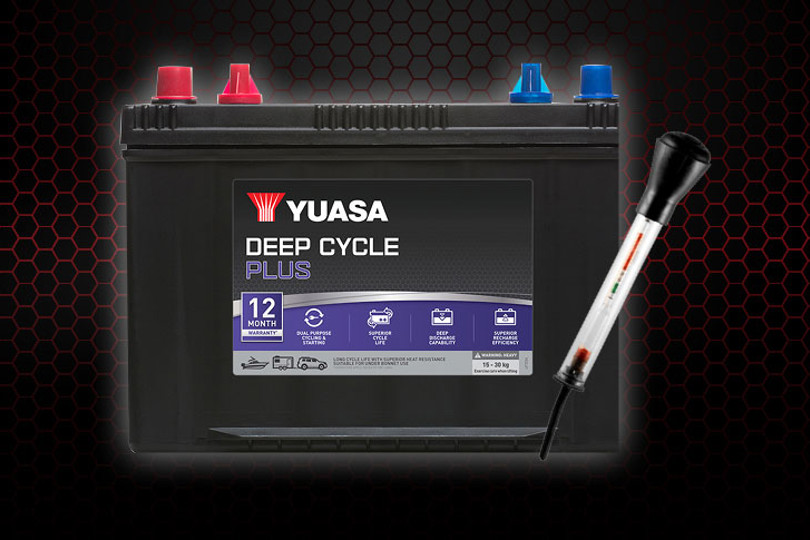
2. Check the electrolyte level
For maintainable batteries, remove the vent plugs and ensure that the electrolyte level is covering the lead battery plates in all 6 cells. If the plates in any given cell are exposed, top up immediately using distilled water.
For maintenance free battery types, the State of Charge Indicator can be used to determine the battery's water level. If the State of Charge Indicator advises 'Replace Battery' it is important to visit an approved Century reseller for further testing and evaluation. If the electrolyte levels are too low and exposing the lead plates, the battery will need to be replaced to prevent the risk of an internal explosion.
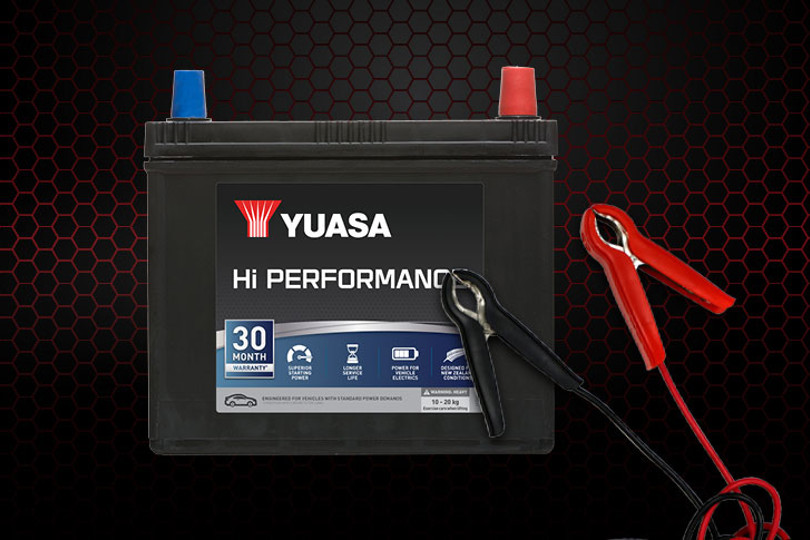
3. Recharge your battery every 3 months
To maximise battery life, we recommend recharging batteries with an appropriate battery charger every 3 months to maintain peak performance. Even if your battery is fully charged, using a proper multi-stage battery charger will still be beneficial to your battery's overall state of health.
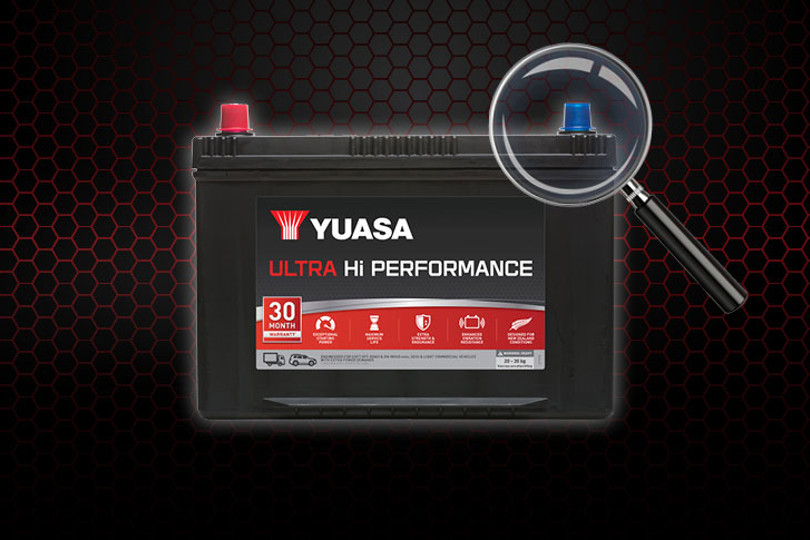
4. Keep the battery clean
Keeping your lead-acid battery clean is an easy way to extend service life. Ensure the top of the battery is clean, and that the terminals are free of corrosion. It is a little known fact that a dirty battery can discharge across the grime sitting between the terminal posts, reducing service life.
A thin coating of high temperature grease may also be applied to posts and cable connections for added protection.

5: Trickle charge vehicles which are driven rarely
The voltage of a lead-acid battery will slowly reduce with time, especially in vehicles which are not being used very often. Parasitic drain from the vehicle may also accelerate the rate at which the voltage is lost.
For this reason, batteries which are fitted to show cars or vehicles which are rarely driven may require more frequent battery checks to ensure the voltage doesn't fall below 12.5 volts - the point at which battery wear begins to occur at an accelerated rate. Check the state of charge or voltage of the battery regularly. Should the voltage drop below 12.5V, recharge the battery.
Important: Starting the vehicle occasionally and letting the engine idle for 15 minutes may not be long enough to replace the charge lost by starting the engine. In situations where the vehicle is being stored long term, a battery maintainer / tender must be connected to ensure the battery remains healthy and fully charged.
By following 5 simple tips, you can extend the life of your battery and get maximum value out of it.
 Homepage
Homepage
